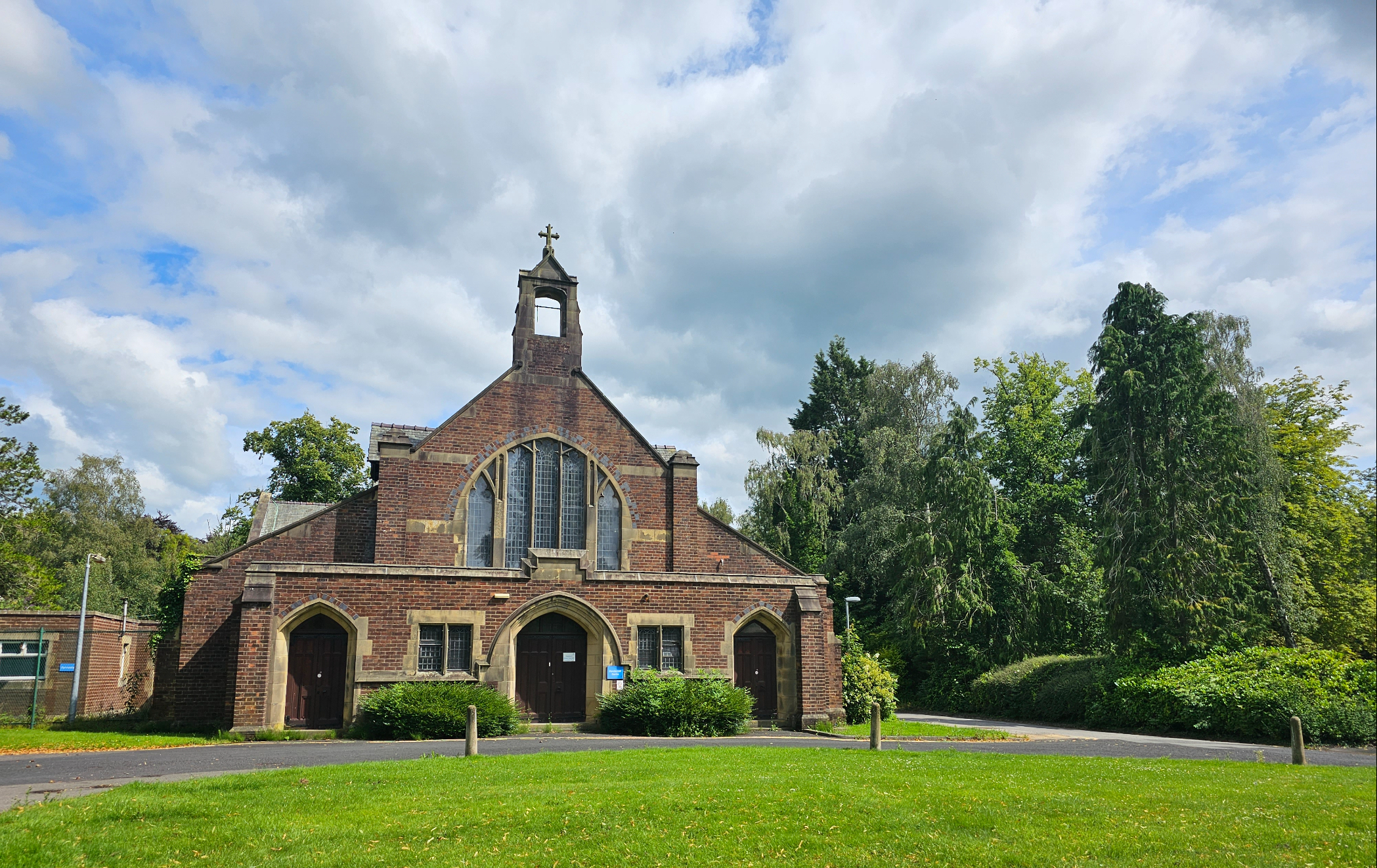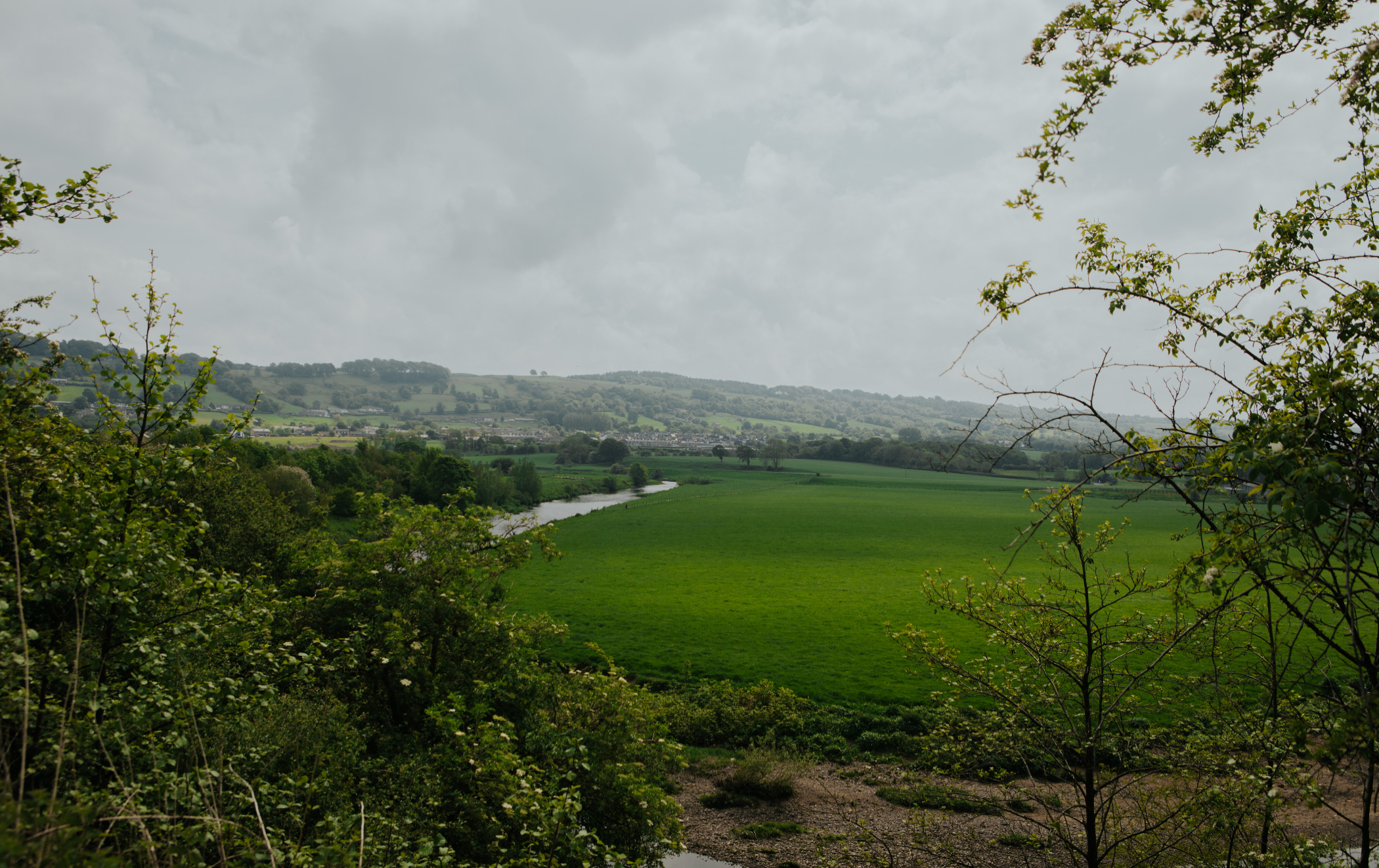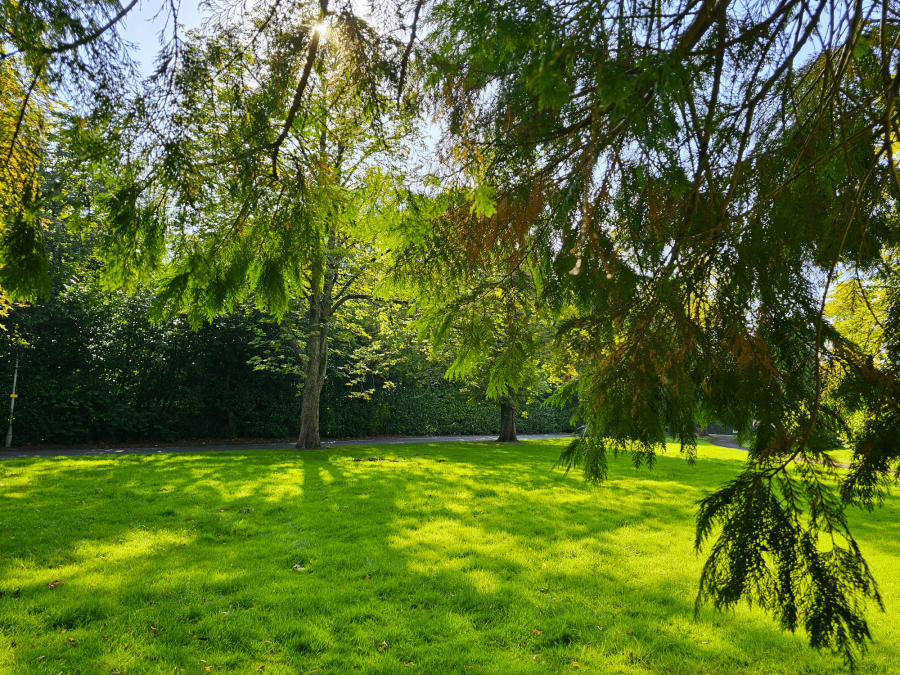In April 2024, we took ownership of Clay Fields, the former Calderstones site in Whalley, which is home to some of our inpatient mental health services. However, we saw more than just an NHS inpatient provision, reimagining the site and the prospects for the future of health and wellbeing, not just for Whalley but for communities across our patch.
We now have an exciting journey ahead of us that, over the next decade, could open up opportunities for heath, wellbeing and new models of preventative and recovery-based care.
It will be more than a traditional NHS site, the wider wellbeing of our communities may be realised in the beauty the site has to offer in nature, green spaces and biodiversity.
There are options for community involvement and a distinct opportunity to explore innovation, research and education on the site as the Trust works towards University Trust status, as well as focusing on families and young people.
The natural restorative and regenerative space we have now offers us options and the site’s unique location is a canvas to build something truly special.
Our aim is to turn this space into a vibrant environment where nature, health and community come together to support better mental and physical wellbeing. A place where people can connect with nature, engage in social activities, participate in the arts, and be part of a community that prioritises health and wellness. It also offers an opportunity to focus on prevention, early intervention, and community-led health, we are laying the foundation for a healthier future for all.
Over the next ten years, we will work closely with our communities, businesses, public sector partners, the voluntary and faith sectors, and academic institutions to bring our vision to life. We invite you to join us— this is your space, your opportunity, and together we can make a lasting difference.



Frequently asked questions (FAQs)
As of January 2025, we are currently in a master planning phase which sees us (LSCft), along with our partners on delivering the project, Loxie and architects BDP, working with public engagement specialists, Deco Publique, to engage with the local community. We are also speaking to businesses, key partners and stakeholders including the borough and parish councils, as well as Lancashire County Council and LSCft colleagues to understand the potential of this space and what the people of Whalley would like to see and use on the site.
Our overall vision is to create a community for restorative and regenerative health and wellbeing and we want the local community and economy to be part of that, keeping them updated at key points throughout.
We are exploring opportunities around how we can reopen the former St Lukes Church to the community for use, hire and to host pop up, temporary events. We want to work the local community on the future purpose of the building. As soon as we know more about that, and have some plans in place, we will be informing the community know when it is open and the kinds of events it can be used for.
The cemetery is owned by an external company and therefore will not form part of the future plans on the actual Clay Fields site. However, we recognise its importance to families, as well as to the wider heritage of the former hospital and its role in the First and Second World Wars.
Continuity of care is incredibly important, particularly for those receiving tailored learning disability care and support within four dedicated properties on the Whalley site. As we do with all of our services, we will continually review facilities, accommodation and care packages offered to these patients to ensure that we are delivering them the very best care, according to their needs.
The early development of a master plan includes the provision of specialist housing to support people with additional care or support needs, to live in the Ribble Valley. We are working closely with Ribble Valley Borough Council, Lancashire County Council and other NHS partners to establish whether the site could accommodate specific housing types that are needed locally such as extra care, housing for older people, housing for people with specific health needs, and other specialist uses.
Demand for much-needed specialist housing will continue to be explored with local partners as we develop our masterplan.
No, none of the buildings are listed. Many of the buildings have been vacant for many years (some over ten years) and are therefore in a poor state of repair.
We are fully committed to respecting and upholding the traditions of this site, which we know has played an active role in the Whalley community for generations. There are no plans to make any changes to the remembrance parade, we know how much this means to the local and veteran community, so it matters to us too. We will continue to support the British Legion and have informed them, along with the Mayor and parish/borough councils that this is our ongoing intention.
This is an exciting time for our services and our ambition is to work with communities, partners and our service users to break down the stigma which still surrounds mental health, raise awareness and ensure a better understanding.
Mental health issues, just like physical health concerns, may affect any one of us at some point in our lives and providing the very best care is our priority. We currently have a number of patients receiving mental health treatment at Woodview, our refurbished facility on the Whalley site.
You may see our patients with our colleagues who care for them out and about around Whalley and indeed on the site. Being able to leave the inpatient unit is a vital part of a person’s stay with us, allowing them to experience the therapeutic, calming, green environment our site and indeed the wider Whalley area offers. Evidence shows that being able to gain experiences outside of the inpatient unit can help with ensuring continued recovery and working towards discharge.
All of our inpatients within Woodview work with a clinical team who support them with treatment and care plans which determine how and when they are able to leave the ward. Where a person is staying with us voluntarily, they will be able to leave the ward at any time.
For our more unwell service users, before an individual is granted leave their required support is assessed by a clinical team. They may mean being accompanied by one or more members of staff in the company of a familiar face, maintaining their safety and wellbeing, as well as that of the wider community, giving them the best possible chances of recovery and for them to get back to good mental and physical health for their future.
We are working closely with local football clubs to realise the potential of this space.
While we acknowledge and respect the history of the site which was formerly known as an ‘asylum’, the way we as a society and more specifically, as an NHS organisation which provides mental health care and support, views and treats those who are unwell, has vastly moved on.
We no longer use the term ‘asylum' as it is not a reflection of how we treat, care for and support patients in this day and age. People are treated in the least restrictive way; they aren’t locked up and confined to buildings and rooms 24 hours a day, we view them as individuals and evidence shows that being able to gain experiences outside of the inpatient unit and being part of a community can help with continued recovery and working towards discharge. We simply cannot lock people away and acknowledge this would not be a fair and proper way to treat our patients deemed well enough to be permitted leave. Being able to leave the inpatient unit is a vital part of a person’s stay and recovery, allowing them to experience the therapeutic, calming, green environment our site and indeed the wider Whalley area offers.
We continue to work with communities, partners and our service users to break down the stigma which still surrounds mental health, raise awareness and ensure a better understanding. Mental health issues, just like physical health concerns, will likely affect every one of us or someone we know at some point in our lives and providing the very best care is our priority.
We take our environmental impact very seriously and we will want people to visit the site once it is fully operational in the future so that everyone in the community and further afield can come and see what Clay Fields has to offer, visit loved ones if they are patients on the site and also make use of the space. We are currently looking at the existing public transport provision to the area and once we understand this, as well as what may be needed for the future, we will be speaking to council partners to look at the art of the possible.
We also envisage the site being somewhere that people can visit to enjoy designated walking routes, as well as cycling to and on, all while taking in the beautiful green space and connecting with nature as we know the positive effect this has on people’s mental health and wellbeing.
Sustainability will be at the top of our agenda on this project as we understand the impact and our responsibility on local people and the environment. We share the wider NHS ambition to get to net zero and are working with architects, designers and engineering company BDP, who are specialists in sustainability with extensive experience in working collaboratively to lead on strategic approaches to designing net zero carbon buildings.
Any spaces or buildings which are designed and constructed as part of the Clay Fields project will be socially and environmentally sustainable and responsible. We also want to ensure that plenty of green space on the large 106 acre site remains for people to enjoy and benefit from.
As of the end of February, we have held four engagement sessions with the community, local families and businesses, councillors (elected members) and other key partners, gathering their views.
We are open to suggestions as we want to create a space which feels like part of the community and will be used by local people of all generations, as well as investing in Whalley. Lots of ideas have been put forward, such as allotment space, areas for rewilding, art classes and much more. We are looking into the suggestions which have been shared.
This is part of a continued dialogue we intend to maintain with local people, organisations and interested stakeholders over the ten-year timeframe for the project.
The institution’s name of Calderstones ended when Mersey Care acquired the site some years ago. We know that many local people still use the name ‘Calderstones’ and it has been part of Whalley for many decades and generations, with a long history in the village. Calderstones was known as an asylum and we now feel like while it’s right to acknowledge the past and role the institution and military hospital played over the years, it’s now time to look forward to a new phase on the site for the future, which will not just be about the NHS.
While there will be mental health treatment provision, this will also be about early intervention, investing in the community and health to create a vibrant space so we can focus on health and wellbeing together. We are hoping to really transform and develop the space, attracting investment and development from some great partners such as Lancaster University.
The new name ‘Clay Fields’ was developed through engagement with colleagues, and partners and is also a nod to the past as it was the name of the original hospital site which was formerly part of the Whalley Abbey estate.
You can email the Whalley Team and we will respond to you as quickly as we can.
Unfortunately at the current time, we are unable to offer the building for community or business use for operational and resourcing reasons.
We hope to look at this again in the future once planning decisions have been made.

